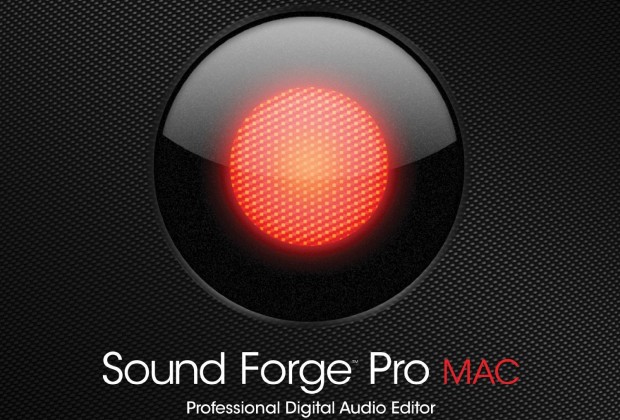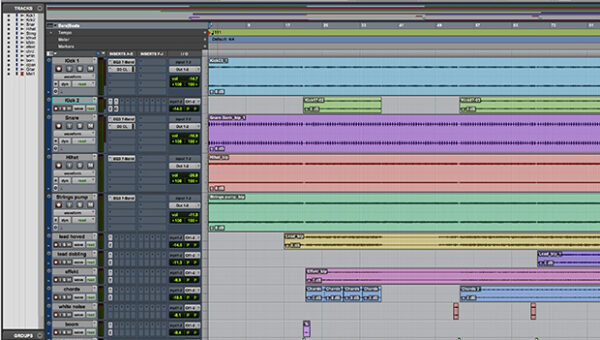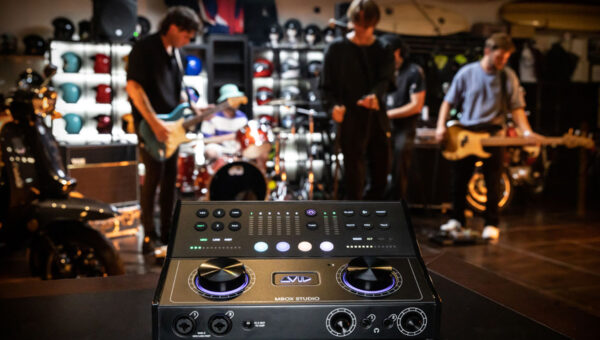Many years ago Sound Forge was my go to application for editing audio files. At that time I was mainly recording my band’s rehearsals along with other bands live shows using two microphones into a DAT recorder. I was also using Windows-based PCs. I would use Sound Forge to trim and separate the WAV files into songs, EQ them to my liking, and make any other adjustments that were needed. As I moved my audio production to the Mac and started doing multi-track recording, Sound Forge didn’t fit in to my work flow. That may change now that Sony has introduced Sound Forge Pro Mac.
Sound Forge Pro Mac is an ideal solution for producers who need to record, edit, and deliver crisp, punchy, and perfectly optimized audio content for any purpose. Built on a clean slate for OSX, Sound Forge Pro Mac provides a contemporary application environment that’s perfect for recording, editing, processing, and rendering broadcast-quality audio master files. Sound Forge Pro Mac also includes iZotope’s mastering and repair suite of high-end processing plug-ins that you can use right away by simply dropping them into the application’s plug-in chain tool.
At AES in San Francisco I scheduled a hands on demonstration of Sound Forge Pro Mac with Mike Scheibinger of Sony. When I arrived, Mike asked me about my background with Sony’s products. After hearing that I had some experience with Sound Forge, he suggested we take a look at SpectraLayers Pro, an audio editing platform that uses frequencies instead of waveforms. With SpectraLayers you can unmix audio files into component layers for processing.
For 30 minutes we unmixed than remixed a number of files in what I can only describe as audio forensics. It was a real eye opener as to what can be done with audio. There is no way that I could describe with words how this program works so I thought I would share a video that is very similar to the demonstration that I saw.
Unfortunately the video has been removed.
What isn’t shown in this video is that Sound Forge Pro Mac and SpectraLayers Pro work seamlessly together. After separating audio in SpectraLayers, you can then edit it in Sound Forge and reinsert it back into SpectraLayers. We did this with a dance track by isolating some mid-frequencies in SpectraLayers, applying effects and EQ with Sound Forge, and then reinserting the audio back into SpectraLayers. The result was a new take of the original audio.
While I am not sure how these products will fit into my daily work flow, I do feel that knowing what is possible with these programs will open up some creative possibilities.
For more information, please visit:














